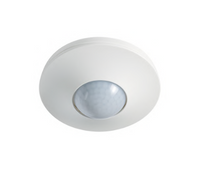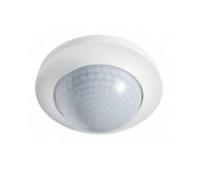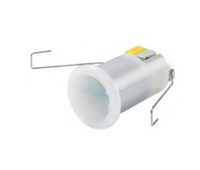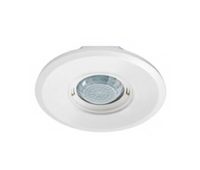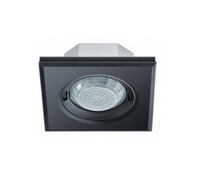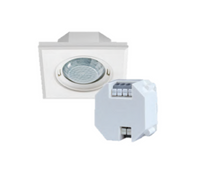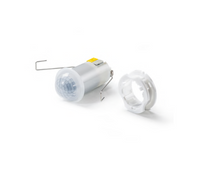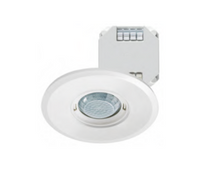Adimming sensor is a device that can detect changes in ambient light levels and adjust the output of lighting accordingly. Essentially, it allows for the automatic dimming or brightening of lights based on the amount of natural light in a room.
Dimming sensors are commonly used in commercial buildings, where they can help reduce energy consumption and save on electricity costs by optimizing lighting levels. For example, in a room with large windows, a dimming sensor can detect when natural light levels are high and automatically dim the artificial lights to maintain an appropriate light level, saving energy and reducing the overall load on the electrical system.
In addition to commercial settings, dimming sensors are also becoming more popular in residential homes, where they can provide convenient, energy-efficient lighting control. With a dimming sensor, homeowners can set their lights to automatically adjust to their desired brightness levels throughout the day, based on the natural light in the room.
Overall, dimming sensors are a useful tool for optimizing lighting and energy use in a variety of settings, from commercial buildings to residential homes.

